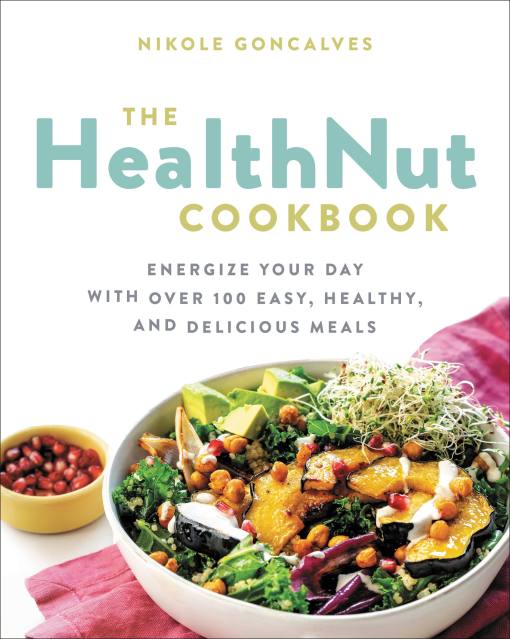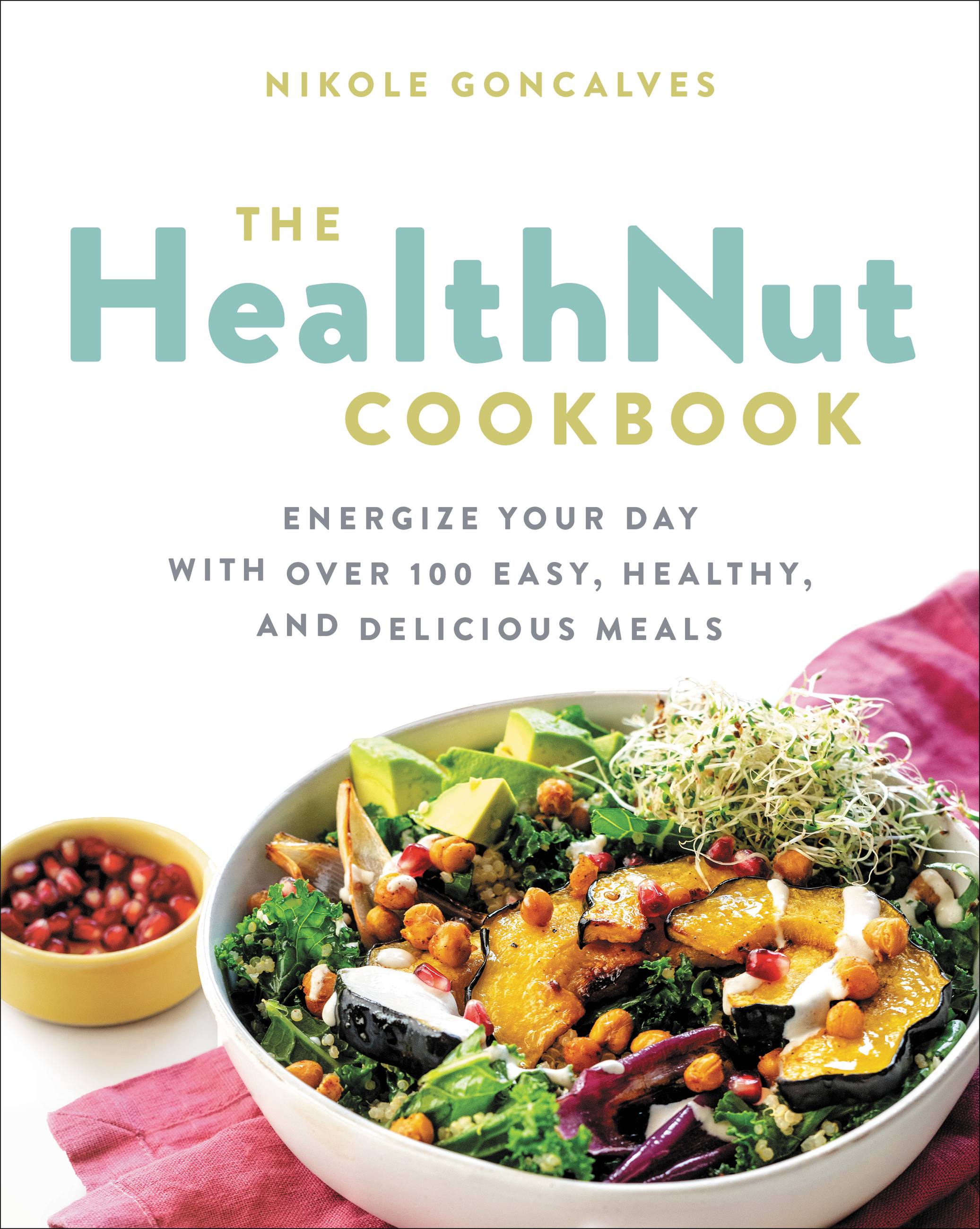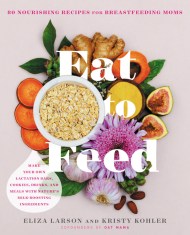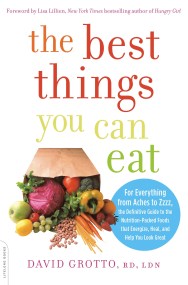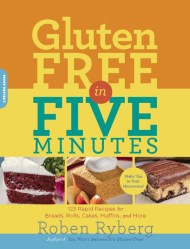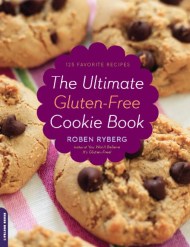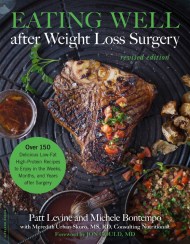Promotion
Use code MOM24 for 20% off site wide + free shipping over $45
The Healthnut Cookbook
Energize Your Day with Over 100 Easy, Healthy, and Delicious Meals
Contributors
Formats and Prices
Price
$14.99Format
Format:
- ebook $14.99
- Trade Paperback $24.99
This item is a preorder. Your payment method will be charged immediately, and the product is expected to ship on or around September 3, 2019. This date is subject to change due to shipping delays beyond our control.
Also available from:
Nikole Goncalves’s HealthNut Nutrition brand is all about finding a balanced life that works for you. It’s about listening to your body, surrounding yourself with positive sources, and limiting stress while enjoying the foods you love. There’s no calorie counting, low fat or sugar free labels on HealthNut recipes; because she uses real, unprocessed foods–it’s as simple as that.
In The Everyday HealthNut Cookbook, each recipe is made with a combination of plant-based and meat options with easy substitutions for vegan and gluten-free diets. Nearly all of the recipes can be prepared in 30 minutes or less, and the 4-week meal prep guide provides readers with a roadmap for sustaining healthy, time-saving cooking habits. Taking readers through breakfast, nourishing drinks and snacks, salads, plates and bowls, sweets, and HealthNut staples including a wide range of Condiments and Sauces, Herbs and Spices, Nuts and Seeds, Goncalves offers everything any reader may need to incorporate healthy, enjoyable meals into their day-to-day lives.
Recipes include: Jalapeno Pumpkin Waffles, Curry Mushroom Spinach Omelet, Blueberry Basil Smoothie, Everyday Nut and Seed Loaf, Grilled Vegetable Salad with Chimichurri, Salmon Burgers with Pineapple Salsa, Spiralized Zucchini Nests with Poached Eggs, Roasted Poblano and Mushroom Fajitas, Bananas foster Caramelized Crepes, Key Lime Pie in a Jar, and more.
Genre:
- On Sale
- Sep 3, 2019
- Page Count
- 256 pages
- Publisher
- Da Capo Lifelong Books
- ISBN-13
- 9780738284811
Newsletter Signup
By clicking ‘Sign Up,’ I acknowledge that I have read and agree to Hachette Book Group’s Privacy Policy and Terms of Use
